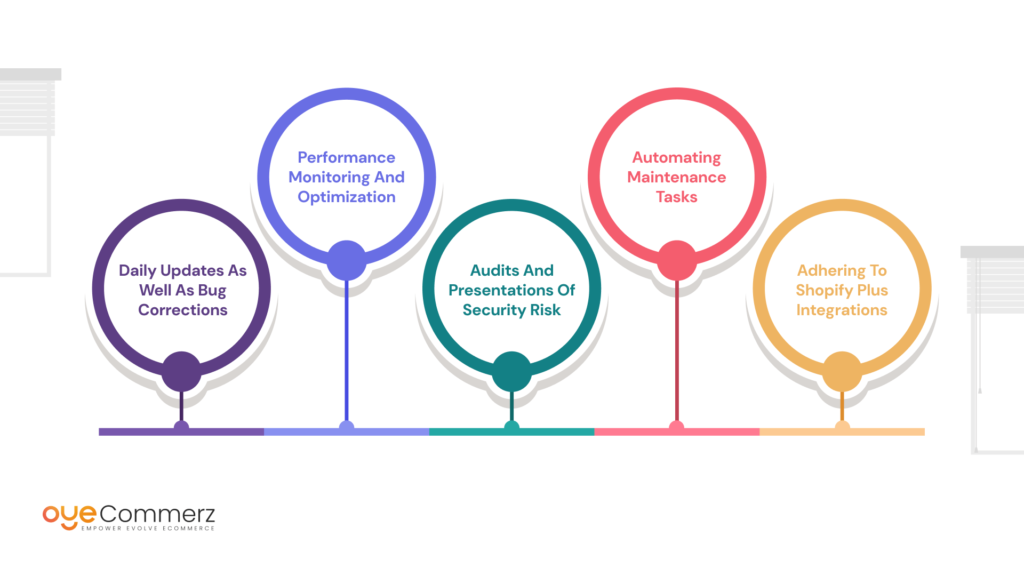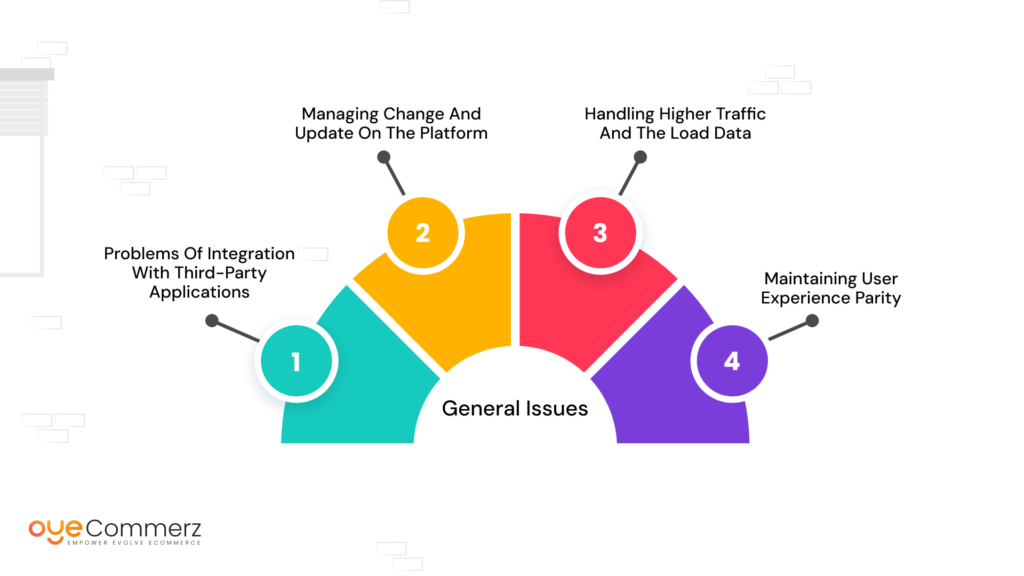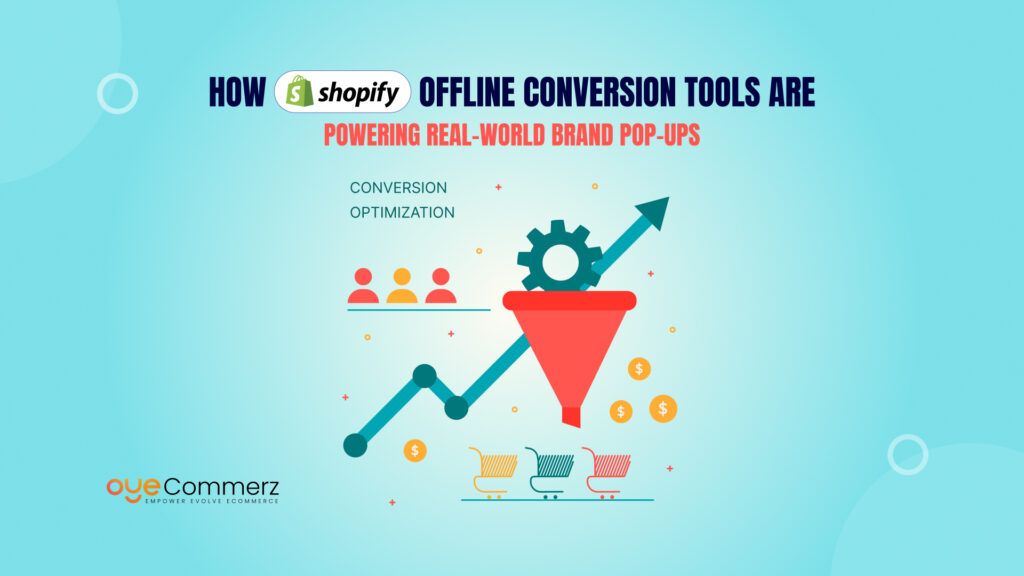In today’s competitive e-commerce world, it’s essential for businesses using Shopify to keep their online stores running smoothly and efficiently. Shopify’s flexibility and growth potential make it a popular choice for large enterprises, but this power comes with certain risks. Shopify apps play a crucial role in enhancing functionality, improving appearances, and boosting performance for businesses.
However, the job isn’t done once the apps are developed and deployed. It’s just as important to maintain and support these apps to ensure they keep performing well and stay aligned with your business needs.
In this article, we explore the maintenance strategies for Shopify apps in an enterprise setting and offer insights on keeping your apps robust, secure, and high-performing. Whether you’ve engaged in expert Shopify app developers or rely on third-party integrations, app maintenance is essential to ensure long-term sustainability and success.
Table of Contents
ToggleThe Importance of App Maintenance for Enterprise E-Commerce
- To enterprises, the risks associated with e-commerce are a bit higher. Outages, slow or unstable action, or security breaches can directly impact your revenues, if not affect your company’s image. This makes the maintenance of apps far from being an operational issue – it becomes strategic.
- It becomes possible for your Shopify apps to stay relevant in the way you want for your business without being interrupted. That also makes it possible to forge ahead of the competition by featuring improved features and changes. In the context of enterprises particularly when the turnover is huge customer interface is also large and any small problem will be amplified in a large-scale system.
Hence, stabilizing your application involves the need to perform the necessary preventive measures to solve issues before they occur and to design and develop your apps in such a way that will address your organization’s goals. - When considering long-term maintenance, it’s crucial to evaluate the differences between custom vs. off-the-shelf Shopify apps. Custom apps, while tailored to your business, may require more specialized maintenance to keep them aligned with evolving business goals. Off-the-shelf apps, on the other hand, come with predefined features but may lack the flexibility needed in an enterprise environment.
Why Maintenance is Important for Shopify Apps

1. Maintaining High Performance and Scalability
- Typically in an enterprise environment, the traffic, transactions, and data which is handled by the Shopify apps are far greater than in a small business. But to be able to operate at this scale routine maintenance also plays a role in enhancing the capabilities in improving performance. Performance monitoring enables you to work on efficiency issues before they get out of hand and become serious problems. Examples include tasks such as database tuning, balancing load, and managing the server which are important in keeping an application stable when the load is high.
2. Limiting Downtime and Revenues Loss
- If the enterprise does not plan for a contingency it can be very dangerous when equipment fails. This is because regular maintenance enables one to detect any problems that may cause power failure. The impact of app downtime is severe in enterprise settings, with Gartner estimating that businesses can lose up to $5,600 per minute during outages. Routine maintenance and preemptive updates can help mitigate this risk, protecting both revenue and customer trust.
3. Enhancing Security
- Security is very paramount for any enterprise that is operating on the World Wide Web. Given the fact that such threats are always on the prowl, it is crucial to make periodic updates to the Shopify apps that you use. These are for example applying security engineers, doing scans for vulnerabilities, and making sure that third parties integrated with this system are also secure. This allows your app to remain strong and secure preventing hackers from gaining access and compromising both your business and your client’s data.
4. Staying Compliant with Regulations
- In many cases, enterprises face the need to meet compliance requirements like GDPR, PCI-DSS, or HIPAA. This way the Shopify apps you run are always up to date and adapted to these regulations. This entails having an up-to-date application with security features, handling data appropriately, and guaranteeing the security of consumer relations. Failure to do so exposes the app to a lot of fines and other legal complications that are why it is essential to pass these checks.
Maintenance Strategies for Shopify Apps

1. Daily updates as well as bug corrections
- Shopify app maintenance is one of the most basic requirements for their best performance over time and uncompromised protection. This comprises of patches provided in new versions by Shopify or any third-party developers besides sorting out issues that can be attributed to bugs. Not only do updates correct the security flaws, but they also contain additional codes that can improve the usability of your application.
- Custom-built apps must therefore undergo code review and testing as a maintenance plan that should be followed. This makes sure that with modifications done in the app, no new bugs are created or performance is compromised. This can be achieved using automated testing tools as they enable one to notice any problems at an early stage of the development process.
2. Performance Monitoring and Optimization
- It is critical to keep track of your app’s performance in an enterprise environment constantly. One can use Google Analytics, New Relic Shopify Analytics, or any other that you find best suitable for analyzing your app’s performance in different scenarios. The different parameters to measure may encompass the number of time spent in loading individual pages, the amount of time required to respond to server requests, or the rate of occurrence of error messages.
- From the gathered data, one can apply performance increases in a database by adding indexes, applying caching techniques, or refactoring the code. These optimizations will enhance the experience of your users and will also decrease server load and, therefore, save you money in the long term.
As technology evolves, the future of Shopify apps will likely include more advanced tools for automation, performance monitoring, and integration testing. Enterprises must stay proactive in adopting these innovations to remain competitive in the ever-evolving e-commerce landscape.
3. Audits and Presentations of Security Risk
- Preventing any possible theft or vandals in the building is very important also in any maintenance strategy. Security checks are done from time to time to determine the extent of weaknesses that your Shopify apps may feature with potential hackers around. This includes having a process of conducting penetration testing and checking up on access controls on whether or not they are properly done as in the encryption of data among other things.
- A failure to manage vulnerability begins with assessing the security risks but it also encompasses the ability to come up with a plan in dealing with these risks. These may include bug fixes such as security patches to the app, updating the dependencies used in the development of the app, and even redesigning some parts of the app that can be exploited.
4. Automating Maintenance Tasks
- Automation can bring in a huge change in the form of time as well as effort when it comes to app maintenance. Several tools like Jenkin and CircleCI or Shopify’s own tools are available for automating some of the mundane tasks like code deployment, testing, and monitoring the performance of the code. This not only leads to consistency in the application of technical specifications for the software product but also provides an opportunity for your development team to concentrate on more exclusive and important tasks.
- These tasks can also entail maintenance to be carried out automatically and thus reduce human error, which may lead to system failure or a security breach. For instance, automation allows catching issues in testing that would not be found during manual testing, and automation allows deploying changes to environments in an identical method, among others.
5. Adhering to Shopify Plus Integrations
- If you’re an enterprise-level business that operates on Shopify Plus, app adoption should be synchronized with the platform’s highly customizable nature. This encompasses the use of Shopify Scripts, Shopify Flow as well as other specific enterprise solutions. Maintenance should also involve some tests across this integration just to check if they are fully integrated with your application.
- He also stated that, over time as Shopify Plus grows newer features and APIs are constantly added to the platform. Adhering to these changes and the ability to incorporate them into the app is critical in retaining the competitive advantage in the EE market.
General Issues During Maintenance of Shopify Apps

1. Problems of integration with third-party applications
It was also found that the toughest part in maintaining Shopify apps is working with the third-party app integration. That is why, over time as your app is developing, there can arise issues with compatibility due to changes in the APIs or the functionality of these third-party services. This means that there should be frequent testing of these integrations and the third-party vendors should remain be engaged frequently to make sure that they are working well.
2. Managing Change and Update on the Platform
Shopify is a platform that changes with time and new updates and additions are released frequently. Tying these updates is that occasionally you get valuable added functionality, but at the same time, you get various troubles concerning your applications. For example, changing the Shopify API or the appearance of new themes may lead to drastic changes to your app’s structure.
3. Handling Higher Traffic and the Load Data
Since your enterprise is growing, so will your Shopify apps’ requirements or the solutions they are supposed to provide. Handling a lot of traffic and data load is one of the main concerns in maintaining such apps especially if there are sales festivals or marketing campaigns. For instance, your app could end up becoming a weak link, with slow load times, or get stuck, which is hardly ideal.
4. Maintaining User Experience Parity
Today mobile Web usage is a part of the total multimedia usage on the Internet, across multiple devices and display sizes. This can be very difficult, especially so because there is constant innovation of new devices and operating systems. The cross-device testing means that your product interaction should be tested on desktops, tablets, and mobile phones at least, to check its compatibility.
Maintaining your Shopify apps is just one piece of the puzzle. Equally important is ensuring your app reaches its target audience. Digital marketing strategies for promoting your Shopify app can help you attract new users and maintain visibility in a crowded marketplace, ensuring your app delivers ongoing value to your business.
Make Your Business Super Successful with OyeCommerz!
At OyeCommerz, we specialize in keeping enterprise-level apps secure, efficient, and perfectly aligned with your business goals. Don’t let minor issues become major setbacks—partner with oyecommerz Shopify app integration company for regular updates, performance optimization, and proactive security audits. Stay ahead of the competition and ensure your apps consistently deliver value.
Contact us today to discuss how we can tailor a maintenance plan that keeps your Shopify apps running smoothly, so you can focus on what matters most—growing your business. Let’s secure your success!
Contact to Build your Shopify App Now
Conclusion
Maintaining Shopify apps in an enterprise environment is a continuous and intricate process that demands careful planning, consistent monitoring, and a proactive mindset. By adopting the strategies discussed here, you can ensure your apps remain secure, high-performing, and aligned with your business objectives.
In an enterprise setting, where the margin for error is minimal, app maintenance is critical. Routine updates, performance enhancements, and security audits are essential components of a robust maintenance plan. Partnering with a trusted Shopify app development company ensures that your app receives the attention it needs. With the expertise of leading Shopify app developers, you can stay ahead of potential challenges and continuously optimize your app, ensuring it continues to deliver value for your business and customers alike.



